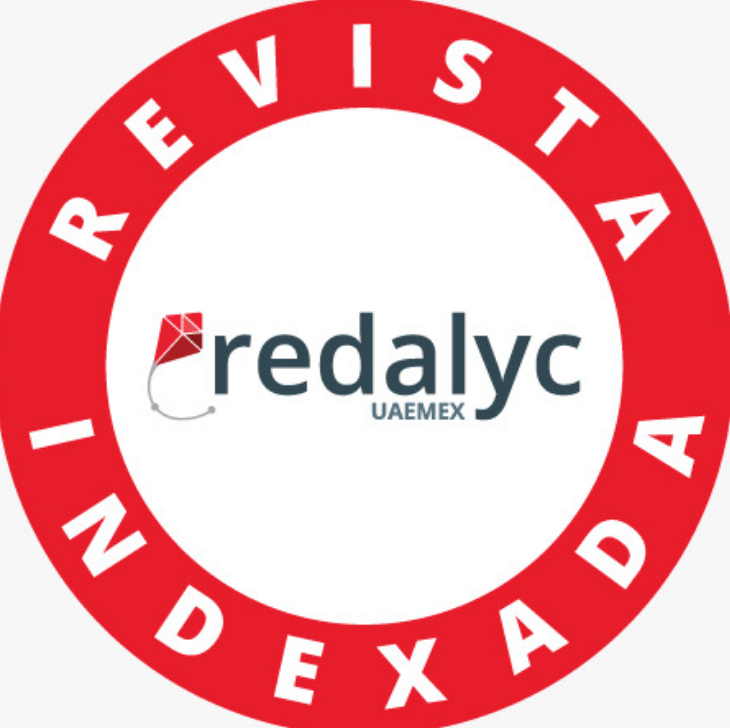Digital agriculture in Pitahaya crop
Keywords:
Digital agriculture, pitahaya, dataAbstract
Digital agriculture has arrived to solve the production problem that exists in the land, the ptimization of agricultural processes through sensors with IoT technology are being a great help so that armers can produce more on their land and use the available resources of a more effective way. The trial that was carried out in the Palora sector in the cultivation of pitahaya, testing this new technology, resulted in having the data in real time allowing better decisions to be made when carrying out agricultural work without the need to be present in the plantation, such as Consequently, the environmental impact is minimized and a greater profitability of the crop is obtained. Once the information analysis had been carried out, it was determined that the area where the pitahaya crop is located does meet the necessary characteristics or the development of the crop, this could be contrasted by analyzing the data and monitoring the parameters in the intuitive agriculture module platform. The results obtained are an average of 7 mm / day of water in the pluviosity parameter, in terms of solar adiation, measurements were obtained with a ceiling of 2581.51 PAR, on the other hand, soil moisture had peaks of up to 16.40 cb, finally the temperature reached levels of 35.09 ° c.
Downloads
References
P. Esquivel, Y. Araya, “Características del fruto de la pitahaya (hylocereus sp.) y su potencial de uso en la industria alimentaria,” Revista Venezolana de Ciencia y Tecnología deAlimentos, vol. 3, pp. 114, 2012.
V. Fuentes, “Etnobotánica de cactaceae en cuba,” Instituto de Investigaciones en Fruticultura Tropical, Ministerio de la Agricultura, C. Habana, pp 23, 2012.
GAP Municiapal Palora, [Online]. Available: https://bit.ly/3vGKe3L . [Accessed: Nov.17, 2020].
Ministerio de Agricultura Ganaderia y Pesca (MAG), “Primer censo de pitahaya,” [Online]. Available: https://www.agricultura.gob.ec/en-palora-morona-santiago-se-realiza-el-primer-censo-de-pitahaya/ [Accessed: Nov.17, 2020].
G. Orrico, “Respuesta de la pitahaya amarilla(Cereus triangularis L.) a la aplicación complementaria de dos fertilizantes en tres dosis,” Universidad Central del Ecuador. Quito – Perú, pp 3, 2013.
Paraiso. 2013. “Ecofinsa frutas ecuatorianas de calidad,” [Online]. Available: http:www.ecofinsa.com/pitahaya [Accessed: Nov.17,2020].
C. Santacruz, C. Santacruz, C. y E. Huerta,“Agroindustrialización de Pitaya,” Bemérita Universidad Autónoma de Puebla- México, pp 23, 2009.
L. Penelo, “Pitaya: propiedades, beneficios y valor nutricional,” Revista la Vanguardia, 2020. [Online]. Available: https://bit.ly/3IFigZR . [Accessed: Nov.17, 2020].
SN, “ Pitahaya Amarilla,” Revista Frutas exoticas 10, 2019. [Online]. Available: https://frutasexoticas10.com/pitaya/pitaya-amarilla/ [Accessed: Apr.18, 2020].
Downloads
Published
Issue
Section
License
Copyright Notice
Authors who publish this journal agree to the following terms:
- Authors retain copyright and grant the journal right of first publication with the work simultaneously licensed under a Creative Commons Attribution-Non-Commercial-Share-Alike 4.0 International 4.0 that allows others to share the work with an acknowledgement of the work's authorship and initial publication in this journal.
- Authors are able to enter into separate, additional contractual arrangements for the non-exclusive distribution of the journal's published version of the work (e.g., post it to an institutional repository or publish it in a book), with an acknowledgement of its initial publication in this journal.
- Authors are permitted and encouraged to post their work online (e.g., in institutional repositories or on their website) prior to and during the submission process, as it can lead to productive exchanges, as well as earlier and greater citation of published work.
Disclaimer
LAJC in no event shall be liable for any direct, indirect, incidental, punitive, or consequential copyright infringement claims related to articles that have been submitted for evaluation, or published in any issue of this journal. Find out more in our Disclaimer Notice.











